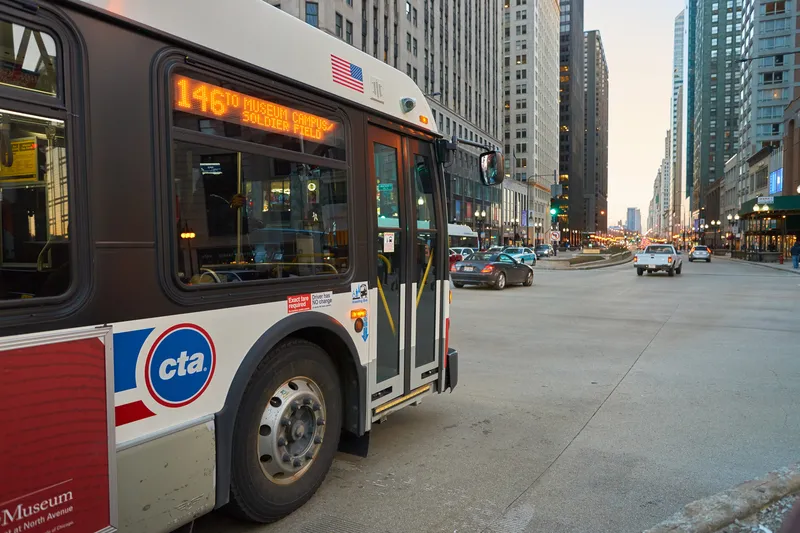Via’s on-demand transit service is being trialled by 1,300 employees of urban developer Mori Building in Tokyo, Japan. The partnership’s stated aim is to provide a mobility solution which reduces congestion and emissions. Mori employees can use the Via-powered HillsVia mobile app to book a ride in V-Class vans provided by Mercedes-Benz. The technology matches multiple passengers travelling in the same direction and directs the vehicle in real time along an optimised route between staff homes and the
August 10, 2018
Read time: 1 min
Via’s on-demand transit service is being trialled by 1,300 employees of urban developer Mori Building in Tokyo, Japan. The partnership’s stated aim is to provide a mobility solution which reduces congestion and emissions.
Mori employees can use the Via-powered HillsVia mobile app to book a ride in V-Class vans provided by Mercedes-Benz. The technology matches multiple passengers travelling in the same direction and directs the vehicle in real time along an optimised route between staff homes and the office.
Via is operating the service through its subsidiary ViaMobility Japan GK.









